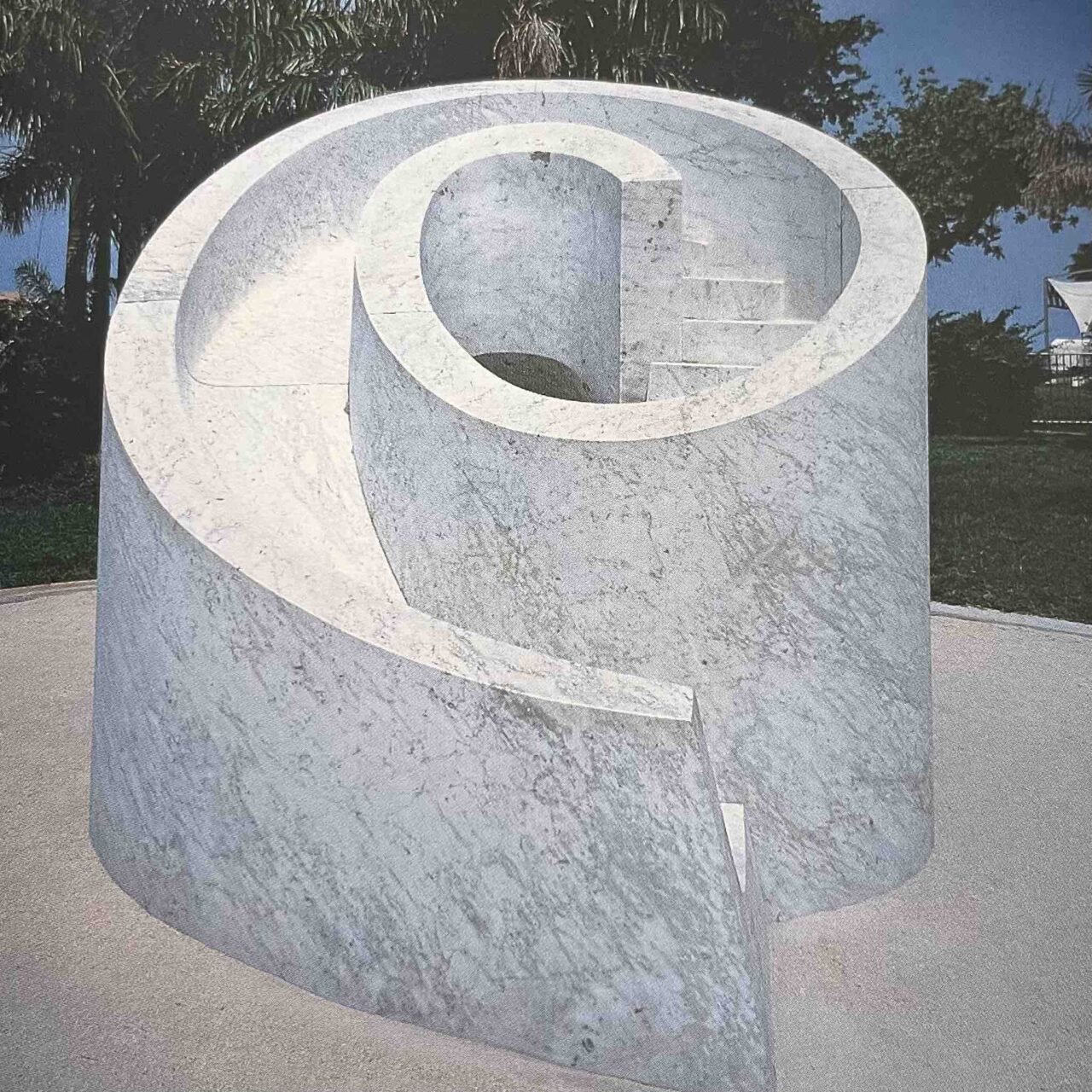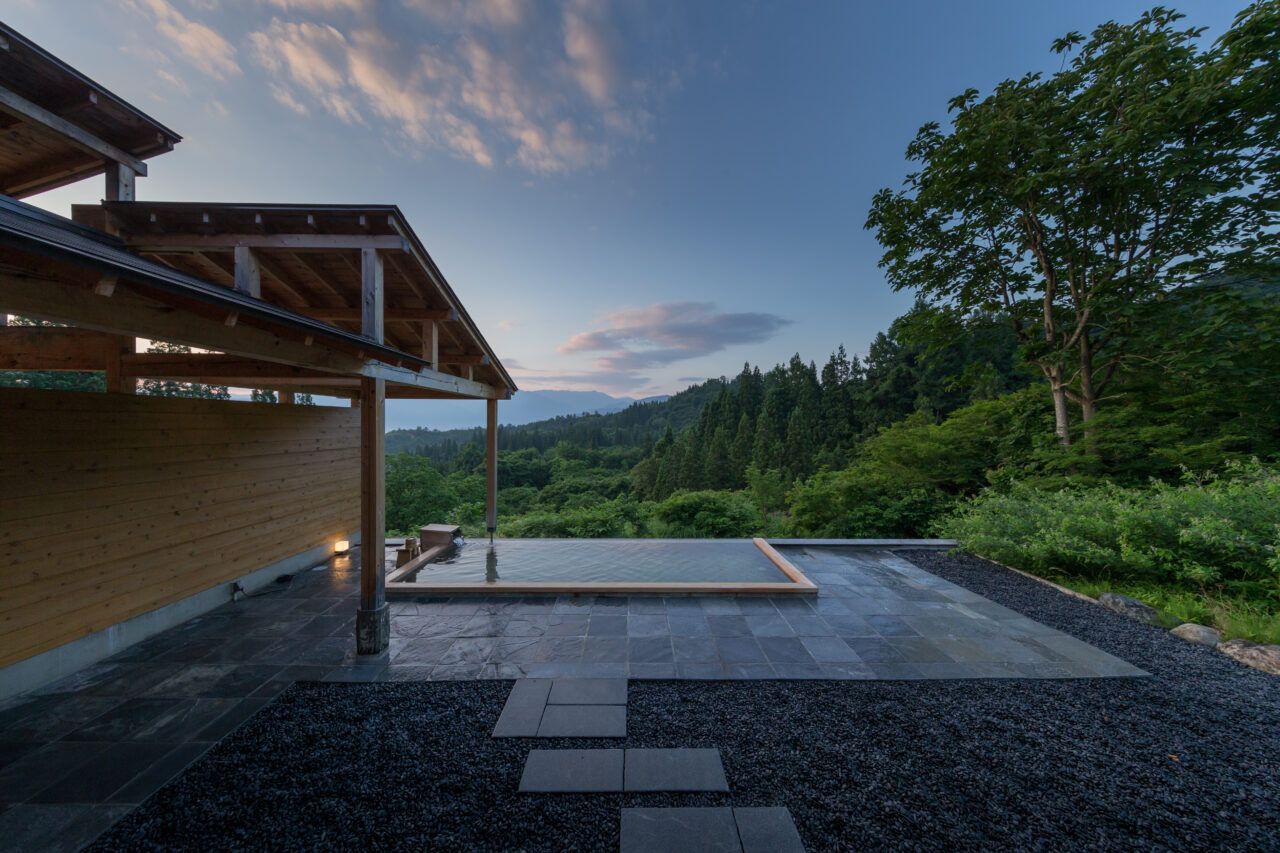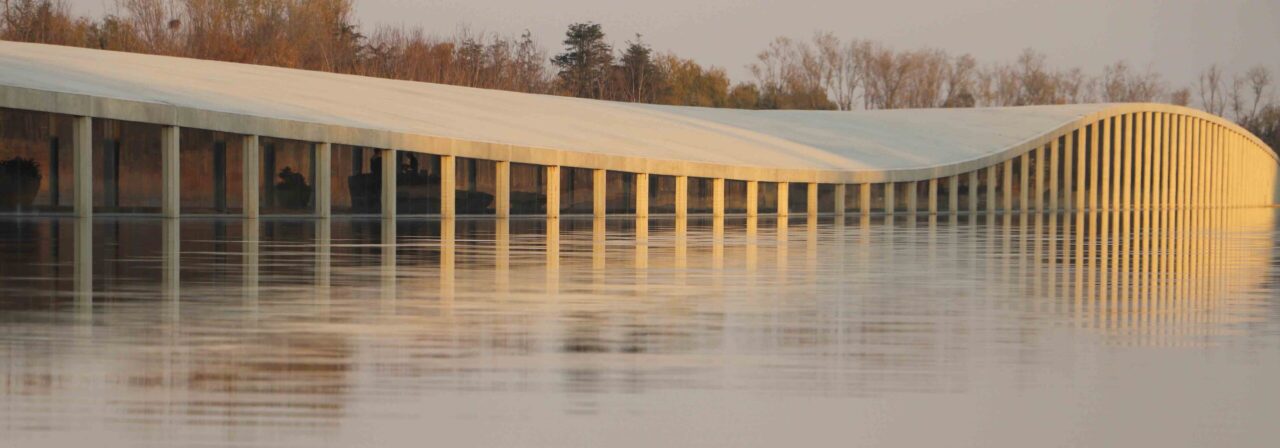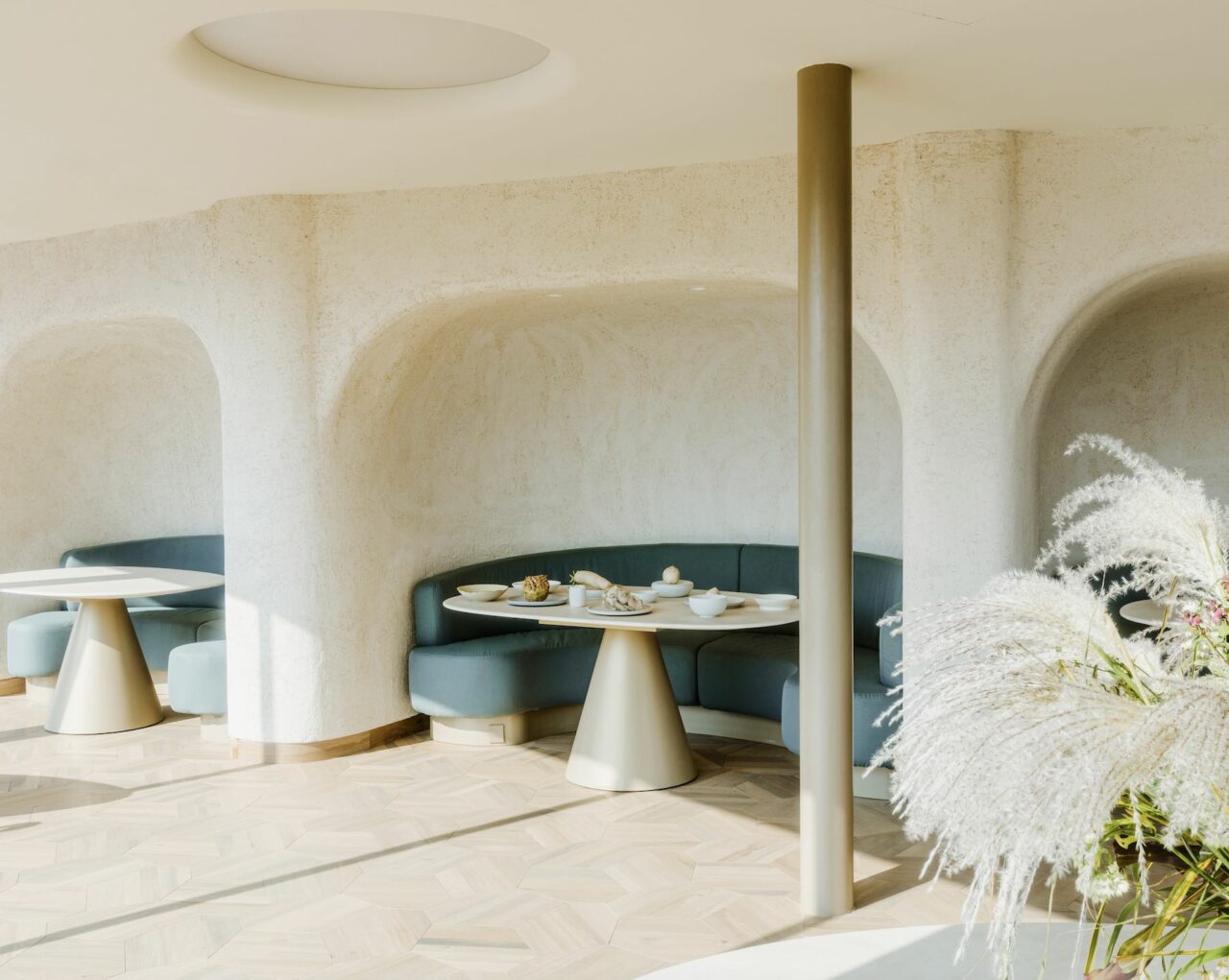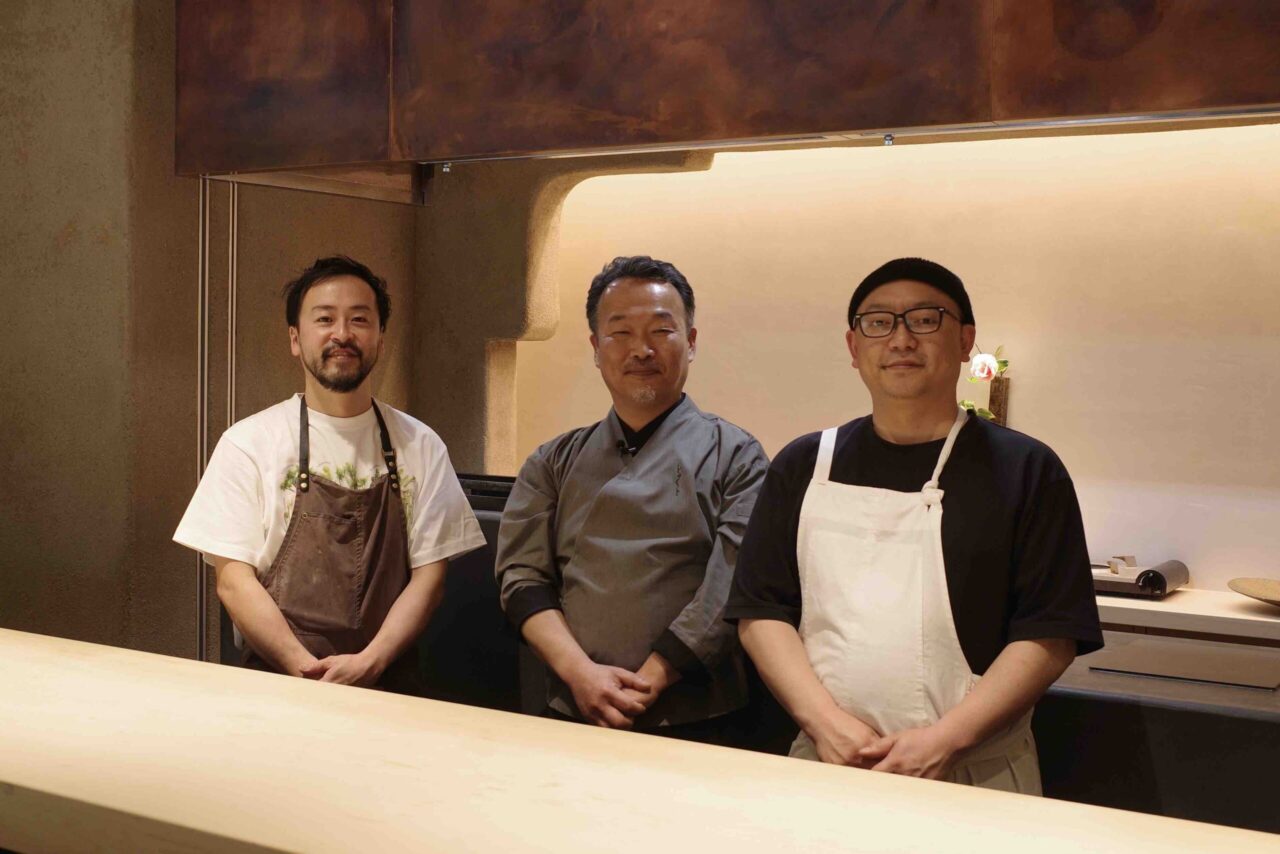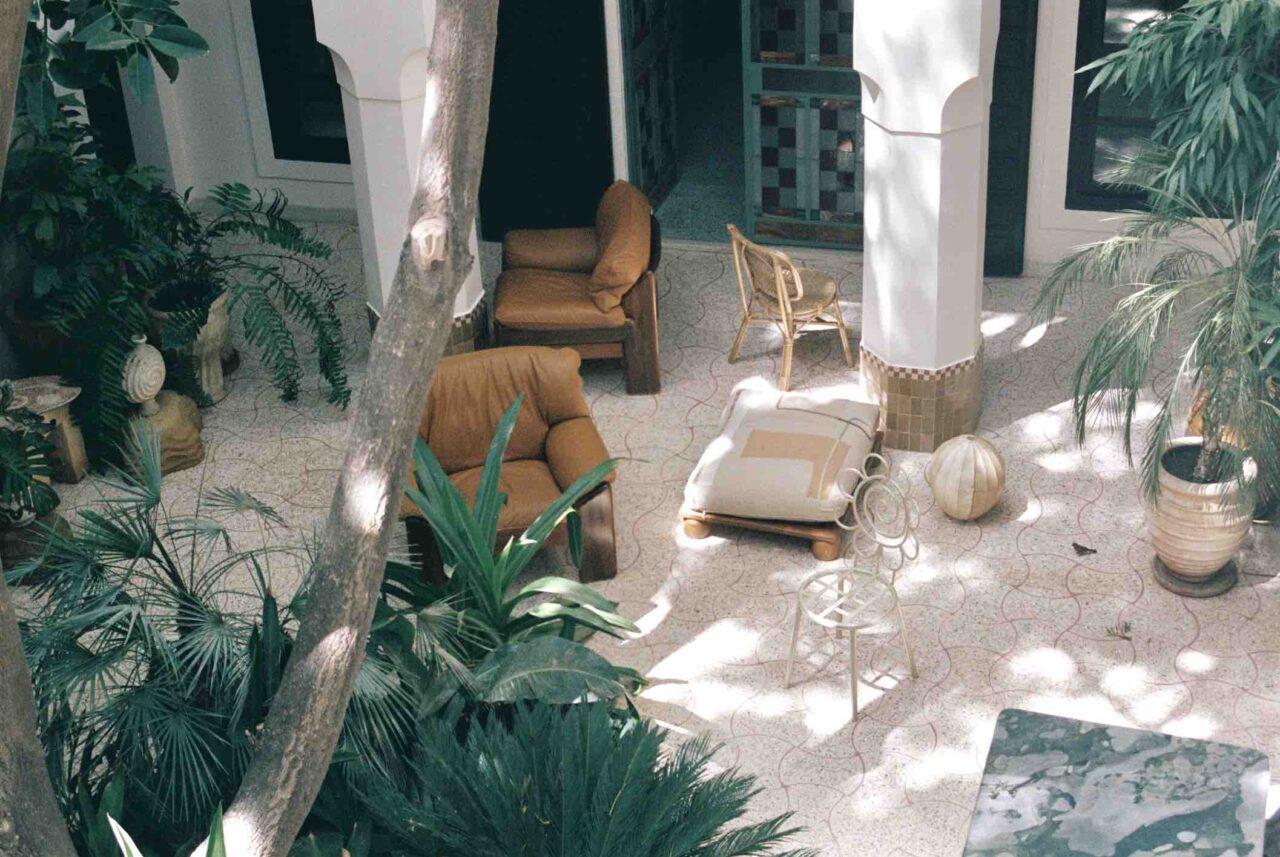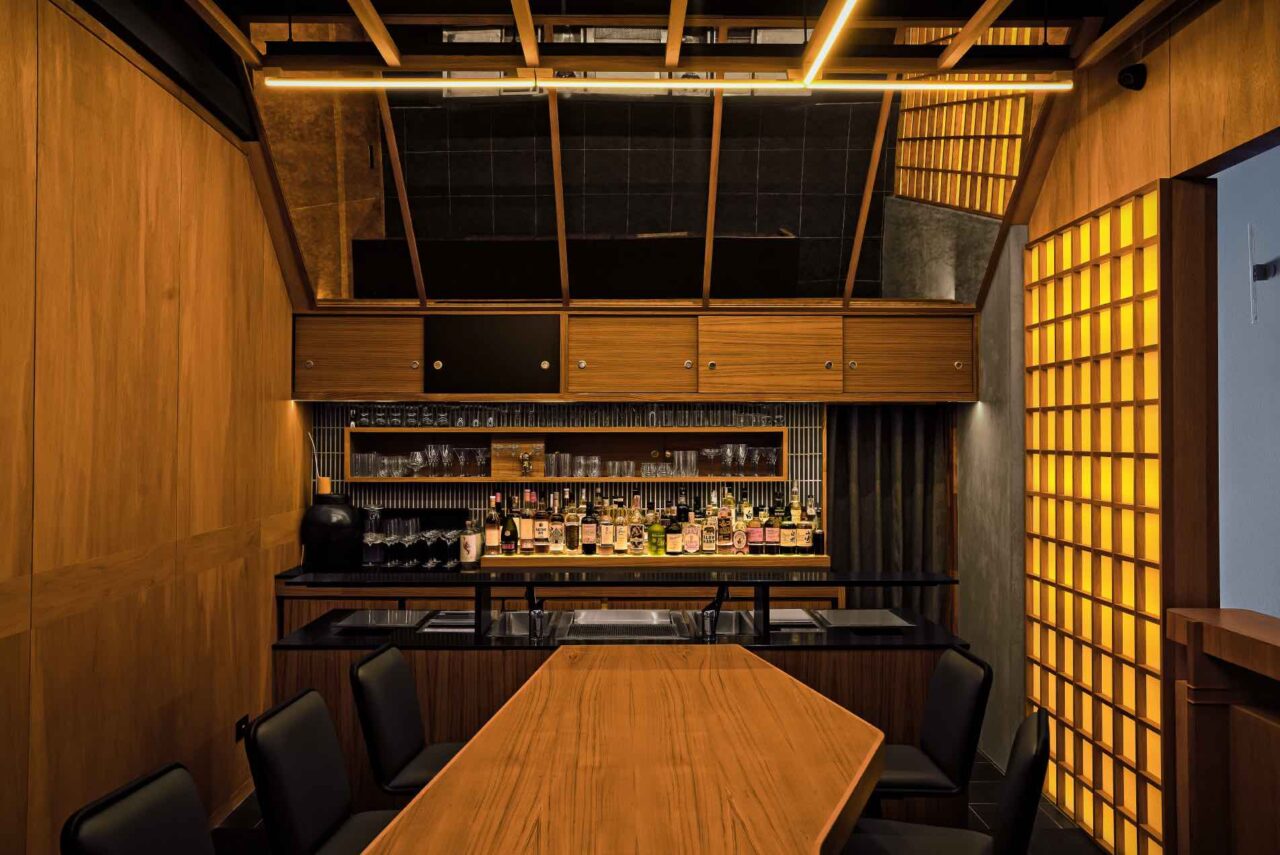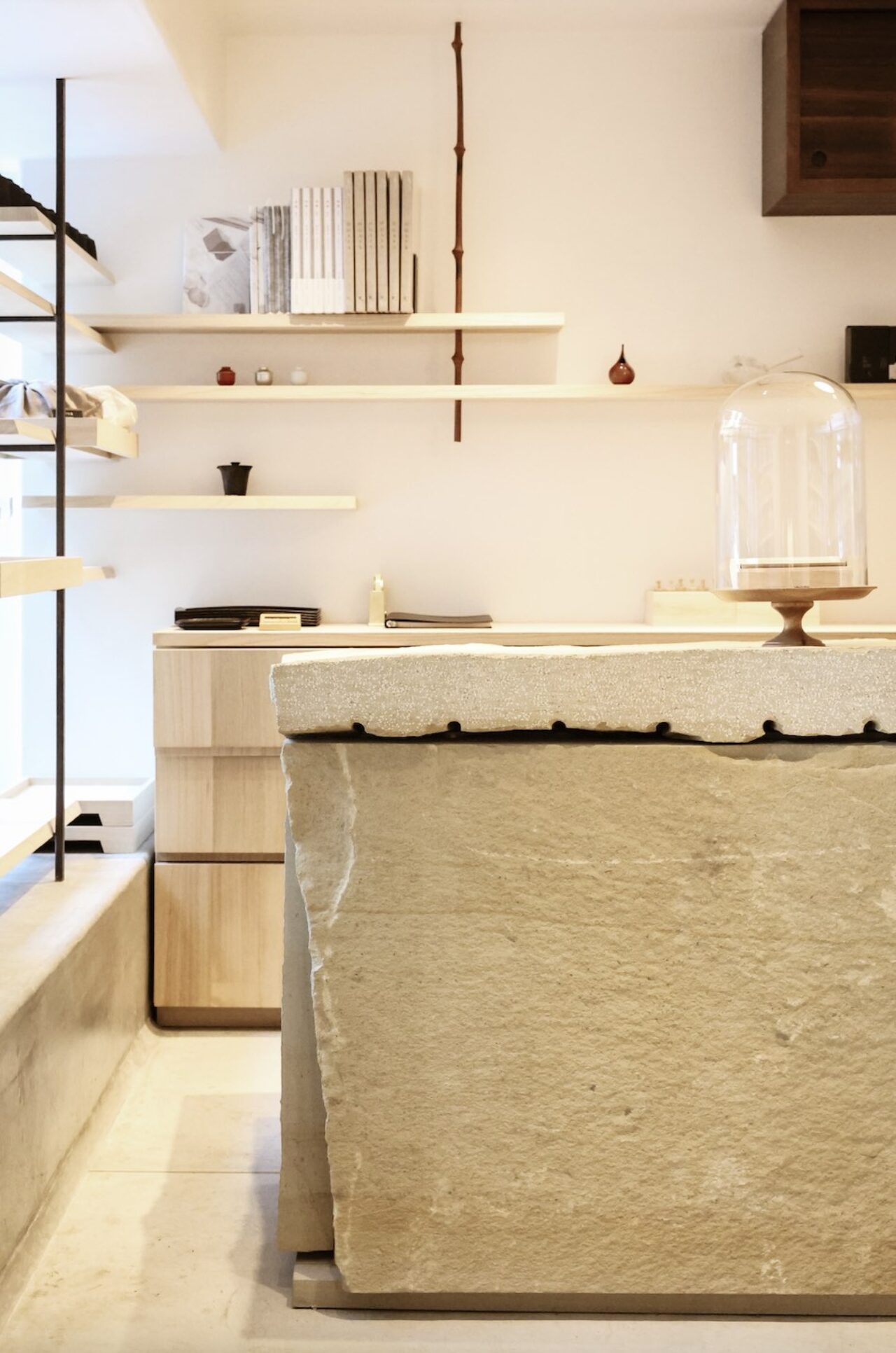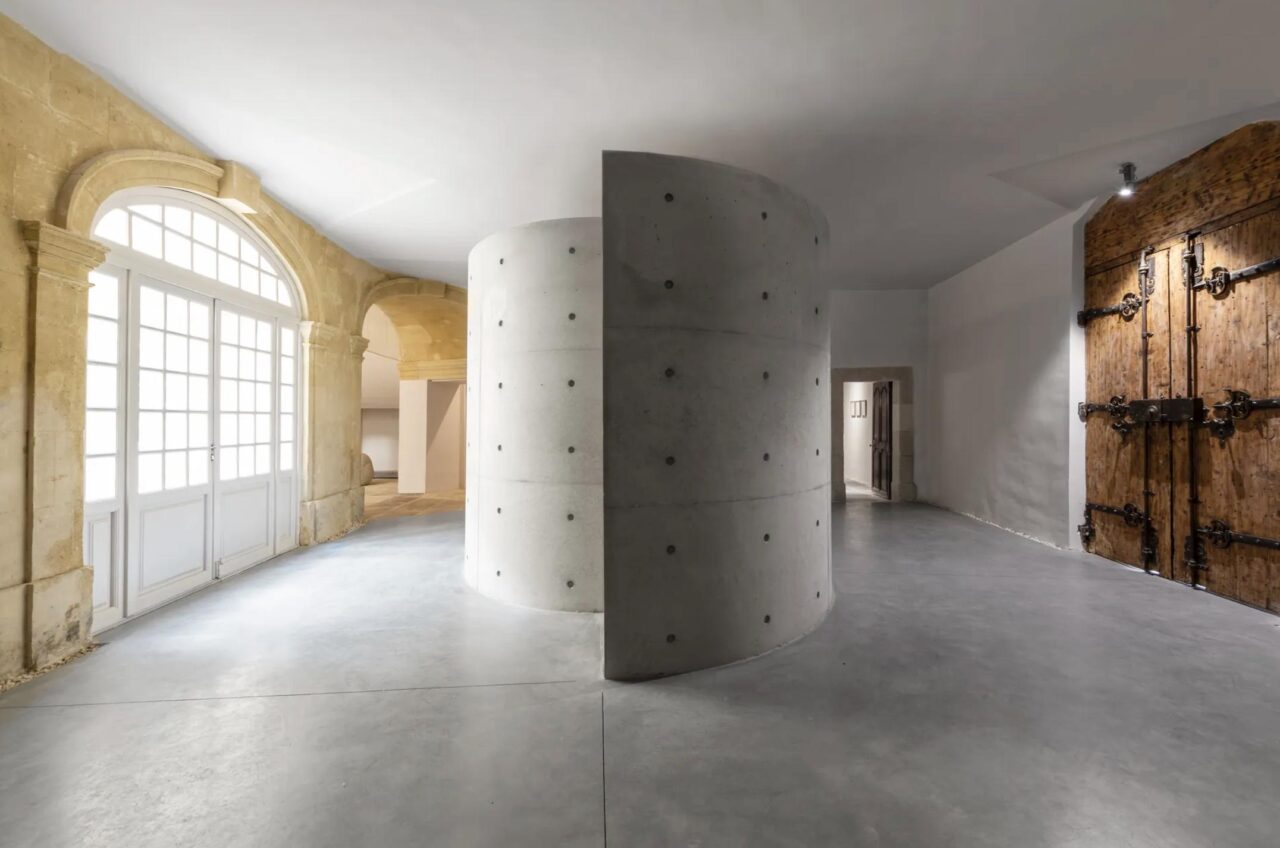THE MURRAY
An Architectural Landmark Building Turned Into A Leading Hong Kong Business Hotel

At just one year old, The Murray is an extremely new addition to Hong Kong’s hotel landscape, especially appealing to entrepreneurs and business leaders with its convenience and sophisticated design. You’ll be hard-pressed to find another hotel built within the framework of a landmark listed building, one which is a key architectural design within itself. The original architect, Ron Phillips, created the iconic 27-floor building on Hong Kong Island in 1969 as a government headquarters tower. Renowned British architect Norman Foster led his team at Foster + Partners to transform the modernist yet colonial-era building into The Murray hotel, respectfully consulting Ron Phillips throughout the entire design process.
The 5 star hotel with 336 luxury rooms is a fine example of good design past and present, with its architecture positively contributing to the city. The appointment of Foster + Partners to the project is indeed extremely fitting, with Phillips’ intelligent design from the 1960s highlighted and accentuated. The third opening for Niccolo Hotels group, The Murray has swiftly become Hong Kong’s premium business hotel combining art and architecture to enlighten and inspire guests through good design.
THE LOCATION
Conveniently located in Central at 22 Cotton Tree Drive, the hotel is set in-between Hong Kong Park and the financial district, with luxury shopping only a 15-minute walk away. It’s location in this area of Hong Kong immediately positions it amongst one of the key business hotels to book, and that’s before mentioning the interior design which focusses on accommodating the business traveller. Right next to the US Embassy, Bank of China Tower and HSBC building, pockets of green public spaces are found on the pleasant walk toward Central’s high fashion stores.
On the opposing side, The Murray faces Hong Kong Park with the botanical gardens just a 2 minute jog away. The gym in the hotel infact overlooks the park directly, providing a priceless view in exchange of an unhealthy TV screen whilst burning calories on the treadmill: better for the mind as well as the body. The Peak, an iconic part of Hong Kong also, can be viewed from the comfort of ones own bed from some rooms, with panoramic views of the surrounding landscape especially striking from the rooftop of the building where fine dining restaurant Popinjays is located.
THE ARCHITECTURE
The iconic and listed modernist build by original British architect Ron Phillips has found a second life as a hotel renovated by London-based architectural firm Foster + Partners. When Phillips first conceived the building in 1969 he applied a Bauhaus approach to it, he stated “there should be no separation between architecture and the fine and applied arts”.
At the time Phillips was working as an architect with the government’s Architectural Office and proposed a progressive modernist design ahead of its time in contrast to the Victorian-style buildings currently occupying the area and era. Importantly, Phillips’ pioneering design addressed the extreme heat in Hong Kong and by uniquely designing the buildings facade with angled fins and recessed windows, protecting the interior from harsh sun. Energy-saving through this clever design, thus reducing air conditioning costs, the building received the Energy Efficient Building Award in 1994 with Phillips’ practical design remaining a key asset even now in the 21st century. Indeed the functionality of the final design resulted in its completely individual beauty.
With the building released and sold for heritage redevelopment in 2011 under the Conserving Central programme to developer Wharf Holdings for $4.4 billion HKD, the firm spent around $3.4 billion HKD on renovating the building into a hotel with the help of Foster + Partners architects. Foster + Partners consulted with Phillips throughout their entire renovation process, only emphasises the brilliant existing design and ensuring it remained sustainable through any new additions. Foster + Partners architect Colin Ward – who oversaw the project – reaffirmed Phillips’ forward-thinking approach: “For a building that is over 40 years old, the approach to sustainability was revolutionary at the time and is revolutionary now”
The renovation also saw the protection of a Pink and White Shower Tree (Cassia Javanica var. Indochinensis) at the entrance of The Murray. Government-listed for preservation, it is said to be one of only two trees left on Hong Kong island (the other next to Discovery Lake on Sunny Bay). During the restoration of the building, a horticulture expert was invited to particularly oversee the protection of the tree as it is even older than The Murray Building itself. A clear centrepiece, the tree rises up from the drop-off area to the first floor where The Murray’s Cantonese restaurant Guo Fu Lou is situated.


THE DESIGN
The focus is modernity, as guided by Phillips’ implemented vision for the building. Materials such as marble and gold anodized aluminium are key to the interior design, and tones have been kept to neutral or light shades of white, cream and grey. Equally as minimalist and monotone artworks can be found throughout the hotel, beginning with Zaha Hadid’s white ‘Flow’ sculpture at the entrance of The Murray. Inside, two minimalist charcoal works by Korean artist Bahk Seon Ghi can be found (which belong to Ms Woo, owner of The Murray). As a hotel guest, the first striking details one finds are the freshly-arranged flowers in most parts of the hotel (changed every three days). Amongst all of the light-filled spaces, the beauty of natures own colour palette is highlighted. Also part of the design is the aural architecture, where we heard a soundtrack featuring the music of Icelandic musician Bjork. The Murray keep is modern yet eclectic, seemingly focusing on English-speaking guests.
BUSINESS AND PLEASURE
THE ROOMS
The in-room desks seamlessly incorporated into the room framework find the consideration of layout almost perfect. The desk area too is shaded from the outside sun (protected by Phillips’ exterior facade) with guests able to choose whether they work facing the buildings outside or remain focused looking inward with multiple power sockets embedded discreetly into the desk. It is indeed an ideal place for a travelling businessman to complete work with pleasure and comfort.
Various international newspapers like The New York Times or The Australian are able to ordered daily directly to rooms in the morning, with daily laundry and dry-cleaning naturally also part of the daily services. Films free-of-charge on large screen TVs can be watched, as can a variation of news, sport and entertainment channels. Bathrooms have ‘smart glass’ slide-doors which save space and provide privacy at the flick of a switch. Amenities by the Grown Alchemist (organic, toxin and cruelty-free) complete The Murray’s luxurious approach.
A swimming and relaxation pool, day spa and gym are all part of the hotel’s wellness offerings.



RESTAURANTS AND BARS
Three restaurants and two bars reside on The Murray premises. Popinjays presents contemporary dishes in a fine dining setting with a chic rooftop bar next door, The Tai Pan focusses on international dishes and grilled specialties, the Garden Lounge highlights The Murray’s Signature Afternoon Tea with Murray Lane bar just underneath on the ground floor. Guo Fu Lou creates authentic Cantonese dishes also underscored by a fine dining setting in the restaurant which overlooks the Pink and White Shower Tree.
POPINJAYS
Found on the rooftop of the hotel, the contemporary restaurant combines tasteful interior design with equally as creative dishes. Sitting amongst original KAWS artworks with the reflection of the surrounding Hong Kong cityscape on the mirrored windows, fine dining at Popinjays is more than worth the experience. The restaurant name Popinjays is a term citing a group of social birds which are found in a flock, reflecting the social nature of the restaurant and bar. Indeed the cockatoos in the neighbouring Hong Kong Park hold this description, acting as somewhat of a mascot for the restaurant. Led by French chef Didier Quennouelle who previously worked at the Shangri-La in Abu Dhabi and Hotel Metropole in Monte Carlo (which famously holds 2 Michelin stars) the dishes focus on Quennouelle’s expertise in European gastronomy with an extremely impressive and diverse wine list from Australia, France and Italy to accompany.
BREAKFAST AT THE MURRAY
Breakfast at The Murray finds something to satisfy almost everyone, with fresh fruits and a continental-style buffet sure to impress any seasoned traveller in the Garden Lounge. A wide range of dishes are found on the breakfast menu, all freshly prepared on-site, with dim sum a particular highlight. Specific dieticians are available on request to advise on A specific in-house coffee and tea master aims to elevate diners’ morning or afternoon experiences.



THE LAST WORD
Highlight: Room designs seamlessly incorporating specific desk areas shaded by the buildings angle-finned facade
What they can do better: Keep an eye on ‘signs of wear’ details in rooms
The Murray stands up well against the Upper House and Mandarin Oriental, but its strength is the originality it retains in its own individual blueprint: leading with an identity championing contemporary art and design with utmost attention for the attitude and needs of the modern business traveller.
∆









